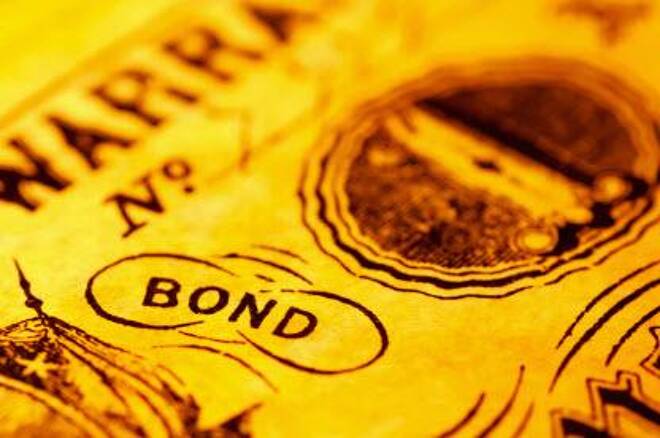Advertisement
Advertisement
How Interest Rates Affect Forex Trading
By:
Forex traders should always keep a close eye on interest rate policies when trading forex. It is imperative to understand interest rate policy both within the United States and abroad. Today, interest rate policies and exchange rates affect forex trading in numerous ways.
The forex trader should understand both what interest rates are as well as understand why interest rates are charged before jumping into the forex markets. Why are interests rates charged? Typically, when a business or individual borrows from a lender, the lender will be giving up assets that could have been subsidized or utilized for income generation. To make up for the income the entity will charge the borrow an interest rate which is based on the principal of the total amount that was borrowed.
Typically, interest rates which are charged are directly correlated to the level of risk which is associated to the borrower. Usually, when a borrower is deemed a high risk the interest that the borrower pays off the principal is higher than that of a borrower with a low risk rate. Another way to look at interest rates is a rate charged by a lender to make up for income which the lender could have received if the lender utilized other avenues other then lending.
There are several economic indicators which the forex trader should keep a close eye on when trading. The two most important economic indicators which track inflation which is directly correlated to interest rates are Consumer Price Index (CPI) as well as Producer Price Index (PPI).
The Consumer Price Index is usually looked at as the ultimate benchmark for inflation for the United States Economy. Examples of items which are part of the Consumer Price Index are restaurants, electricity, restaurants and transportation. The Consumer Price Index is published on a monthly basis and is closely monitored by forex traders.
Typically, when prices rise this will erode consumer’s purchasing power. Also, if consumer wages remain static this reduces the consumer’s purchasing power which in turn reduces the consumer’s standard of living.
Another economic indicator utilized by forex traders is the Producer Price Index or PPI. Similar to the Consumer Price Index the Producer Price Index also tracks inflation. The Producer Price Index is also reported once per month and is a direct measure of wholesale prices at the producer level. The PPI tracks consumer goods and capital equipment. There are two components of the Producer Price Index which are intermediate goods and finished goods. The Producer Price Index intermediate goods gauge the price of commodities that have gone through transitional processing prior to becoming a final good. Some items in this category are items such as flour, leather, fabric and auto parts. The Producer Price Index consists of items which are deemed finished goods which consist of items such as apparel, furniture, gasoline and automobiles.
In closing, interest rates are constantly changing and it is paramount that forex traders keep interest rates and policy making associated to interest rates constantly on the top of their minds. Forex trader’s strategies should be consistent with the idea that interest rates could invariably affect their trades.
About the Author
David Beckerauthor
David Becker focuses his attention on various consulting and portfolio management activities at Fortuity LLC, where he currently provides oversight for a multimillion-dollar portfolio consisting of commodities, debt, equities, real estate, and more.
Did you find this article useful?
Latest news and analysis
Advertisement
